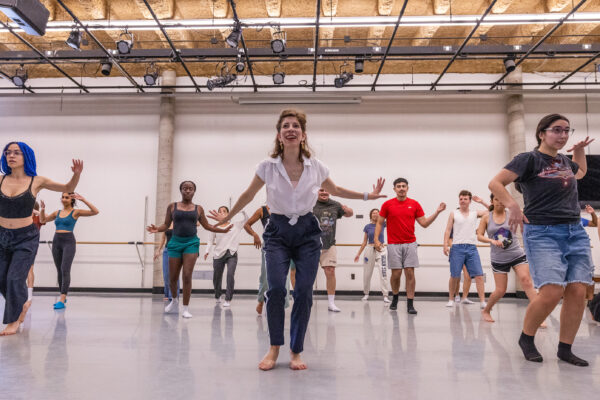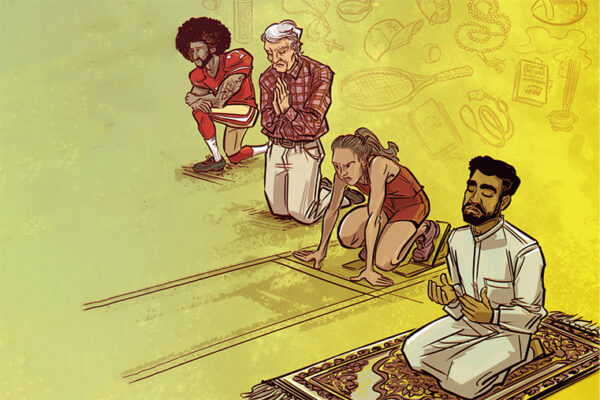Seth Graebner has long been fascinated by borders and the areas around them.
“In graduate school and since then, I have crossed a lot of borders,” says Graebner, associate professor of French and of global studies in Arts & Sciences. “I became really fascinated by the physical space and the cultures that arose there.”

In the course “Borders, Checkpoints, and the Frontiers of Literature,” Graebner asks his students to investigate border culture through novels and readings from each side of several border regions: the Mexican–U.S. frontera, the Indian and Pakistani partition line, African colonial borders and Israeli–Palestinian divisions.
Class discussions often touch on international issues in the news, but literature helps students move beyond current events and reflect on borders as places not just of conflict but of stories.
“We are making students think a little bit about borders as places where stories come from,” Graebner says. “The human brain is hardwired for narration, and literature is where narration gets done most creatively, maybe most freely.”
Graebner chose the books on the course’s reading list because they talk about border crossing in some explicit way — and because they are compelling reads. And most of the borders discussed in class were either drawn, or redrawn, within a couple generations of memory.
“In each place, people previously had been walking around innocent of any future border that might develop right where they were standing,” he says. “And yet, that’s what happened. In a couple of cases, it’s not that people are literally crossing borders. It’s the borders that have moved.”
Graebner calls his class discussions “remarkable” because the course attracts students from different disciplines. “I have students from very different parts of the university — from global studies to computer science — who might not talk as much in another context,” he says. “And so, there is a kind of border-crossing effect in the class as well.”
Also, thinking about borders between
nation-states, he says, “turns out to be a good way of thinking about cultural borders much closer to home.”
Hieran Andeberhan, a junior majoring in global studies in Arts & Sciences, says reading Cracking India by Pakistani author Bapsi Sidhwa and The Shadow Lines by Indian author Amitav Ghosh gave her new insight into that border region.
“Reading novels by both a Pakistani author and an Indian author gave me an opportunity to read two perspectives on the lasting impact of the 1947 partition,” Andeberhan says.
Shirine Awad, a sophomore studying global studies, also enjoyed learning about borders from new viewpoints. “This class makes you think more deeply about borders and the effects they have on individuals, communities and societies,” Awad says.
Graebner wants his students to become “better readers, more self-conscious readers and more cosmopolitan readers,” he says. “I want them to start to ask different kinds of questions as they read.”
He says literature expands possibilities for insight when compared to academic social science writings or media reports.
“Students are exposed to places very different from what they know,” he says. “Literature conveys imagination, and that’s critical. It stretches people’s minds and helps them think about certain current issues differently than if they were just reading The New York Times or watching cable news.”


